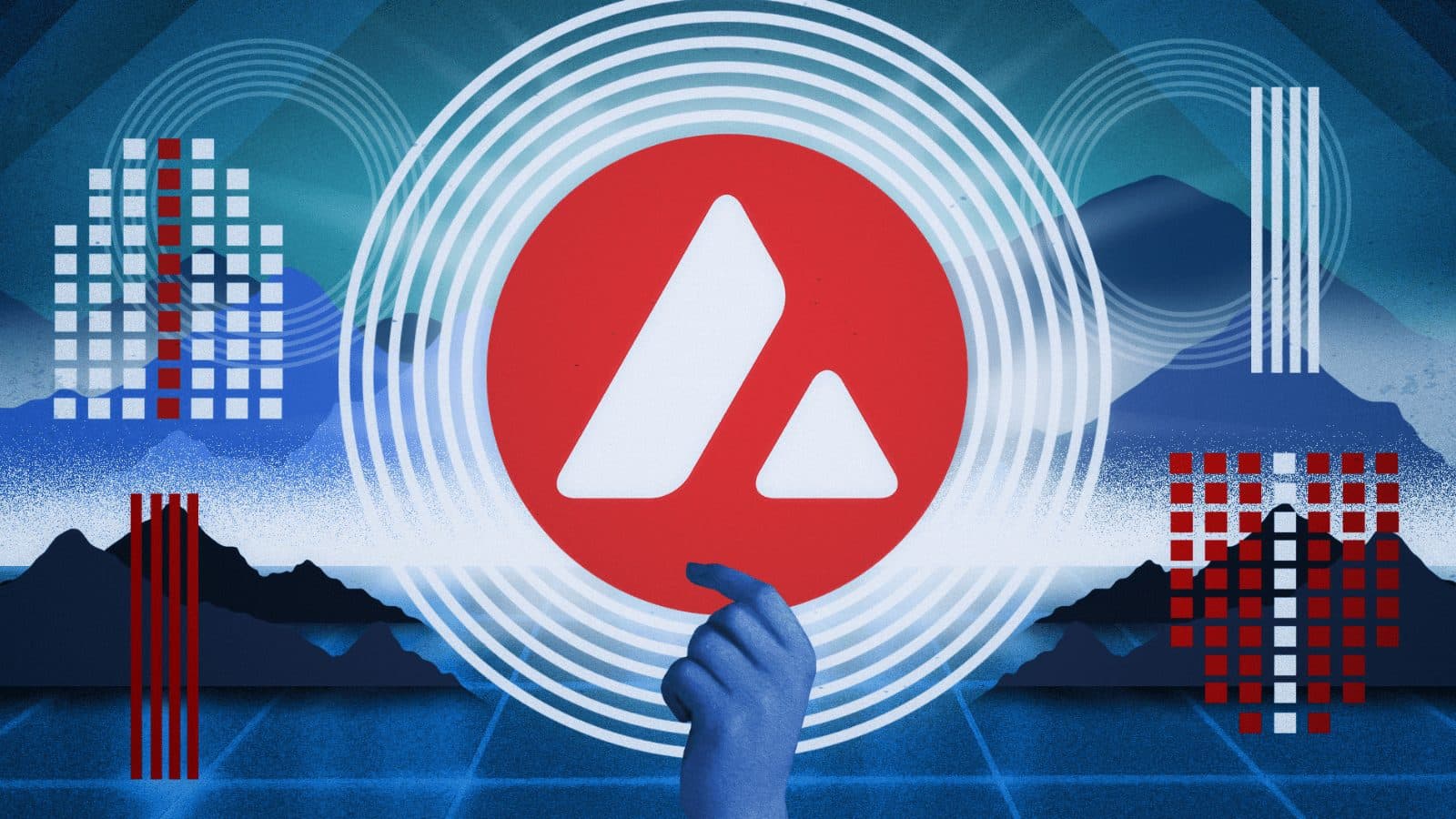Ava Labs Reportedly Hits $5.25B Valuation With New Raise
The developer of the Avalanche blockchain is in the midst of a $350 million funding round, according to Bloomberg News

Blockworks exclusive art by axel rangel
- The reported raise follows an incentive program aiming to develop application-specific blockchains on Avalanche
- Previous investors in the Avalanche ecosystem include Andreessen Horowitz, Three Arrows Capital and Polychain
The lead developer of the Avalanche blockchain is reportedly in the midst of a funding round that puts its valuation at $5.25 billion.
The latest Ava Labs raise, according to Bloomberg News, amounts to $350 million. The news organization cited “people familiar with the discussions.”
A spokesperson for the company did not immediately return a request for comment.
Founded in 2018, Ava Labs had raised $6 million in February 2019 from investors such as Andreessen Horowitz and Polychain.
Avalanche closed a $230 million token sale led by Three Arrows Capital and Polychain in September. The company said at the time that it would use the proceeds to accelerate the growth of DeFi, non-fungible tokens (NFTs) and other new asset classes on its blockchain.
The Avalanche Foundation also revealed an incentive program last month that would put up to four million AVAX tokens — currently worth about $312 million — toward a program called Avalanche Multiverse. The initiative aims to grow its “subnet” functionality, which helps develop application-specific blockchains on Avalanche.
Currently, Avalanche’s C-chain, which is its Ethereum Virtual Machine-compatible smart contract chain, carries the bulk of its transaction volume.
Along with other layer-1 protocols like Solana, Cardano and Polkadot, Avalanche has sought to solve for scale, speed and cost issues on the Ethereum blockchain. It touts itself as the fastest smart contracts platform, as measured by time-to-finality, and as having the most validators securing its activity of any proof-of-stake protocol.
Avalanche’s native token, AVAX, had a price of about $78 Thursday morning and a market capitalization of roughly $21 billion, according to data compiled by Blockworks.
Ava Labs President John Wu said at Blockworks’ Digital Asset Summit last September that the new wave of Ethereum competitors would be the home of economies. He noted at the time that “you don’t have an economy unless transactions are easily done and affordably done.”
Ethereum is working to merge its mainnet with the Beacon chain proof-of-stake system later this year, in part to increase its energy efficiency. At a market cap of $367 billion and a DeFi total value locked of about $117 billion, it remains considerably larger than all other EVM-compatible smart contract platforms combined.
The report of Ava Labs’ funding round comes as crypto companies have reeled in huge valuations in recent months.
FTX’s company valuation rose to $32 billion after its funding round in January.
Gemini and ConsenSys completed funding rounds in November and March, respectively, valuing the businesses at roughly $7 billion.
Get the news in your inbox. Explore Blockworks newsletters:
- The Breakdown: Decoding crypto and the markets. Daily.
- 0xResearch: Alpha in your inbox. Think like an analyst.






